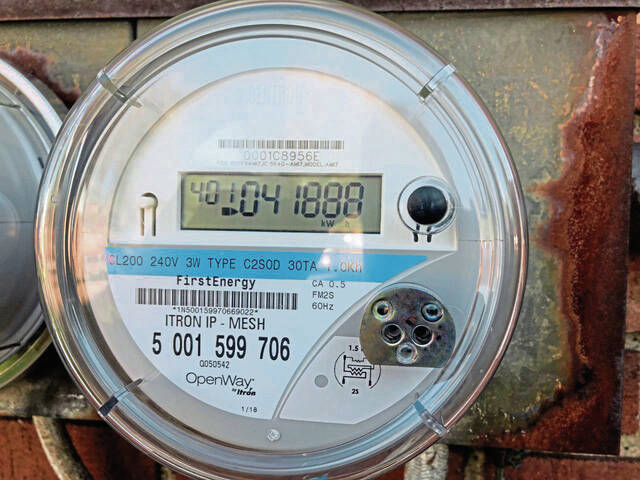Whether or not you have actually come across LED lights, you can probably understand what exists behind brand-new concepts in light sources. Confronted with countless energy-related situations, it is clear that we should figure out means to minimize the quantity of power we use each day. Supply and also demand remains to dominate the market. As power resources remain to be depleted, that deficiency will bring about power costs rising steadily.
The only remedies are cutting back on the quantity of power we utilize or uncovering ways to make that time as well as power go further. It’s unlikely we will cut back on the number of hours we require to have lights running. While not every intersection is Times Square, the quantity of nontraditional jobs continues to expand, with individuals functioning longer hrs as well as various hrs– often long into the nighttime.
To put it simply, the only service which has been offered to us is making the energy we utilize last for a longer amount of time. The very same reasoning powered the fluorescent light boom in recent years. Fluorescent lights proved to be a significantly boosted option in illumination. Incandescent light bulbs are approximated to last an optimum of 2,000 reliable hrs. To find out more info, please read full report about Energy Costs and Utility Bills.
Fluorescent bulbs drastically pushed that total to a level over 10,000 hrs and also signaled hope in power services. However, they didn’t come without downsides. Mercury levels in fluorescent lights have been a worry for years, and proof that this mercury is coming back to haunt us installs by the year.
LED lights appear all set to do to fluorescent what fluorescent lights did to incandescent lights: make them obsolete in a short matter of time. Briefly, a 20 Watt fluorescent can do the work of a 100 Watt incandescent bulb. Gauging the light outcome in lumens (the unit of luminescent flux), equates to about 1600 lumens. LED lights can produce the exact same results with as couple of as 7 Watts.

For sure types of LED choices, the number could be as low as 5 Watts (!). Data such as these do not need an expert to analyze on your behalf. With some basic departments, you can see that power savings with LED lighting could be as high as 75%. Several local governments are estimating prospective savings at 80%.
Exactly how is this extreme number feasible? You have to consider the incredible versatility of LED lights to recognize what they are providing to power customers. Firstly, there are a couple of lights in your home that can not be changed with LED lights. From little light bulbs like those utilized in chandeliers and display cases to desktop lights as well as above fixtures, LED lights are readily available.
They are a fantastic choice for lights with dimmer switches and also are remarkable for their cycling capacity. The term cycling refers to continual on-and-off cycles, typical to lots of services or classrooms (when someone enters the space, the light goes on and the other way around). Fluorescent light bulbs displayed a crucial weakness by breaking down when submitted to prolonged biking, requiring replacements or various light solutions altogether.




